The photo of three Jewish girls fleeing from the Germany Nazi became an iconic image appearing in museums, exhibitions and publications.
It was taken at London’s Liverpool Street station, but for more than 80 years the girls’ identities were a mystery.
Until now.
Inge does not remember taking the photo and for decades he did not even know of its existence.
LOOK: The stone “valued at US$500,000” found inside a dead sperm whale in Spain
As a child, at the age of five, she ran away from home in Breslau, Germany, now Wroclaw in Poland, with her 10-year-old sister Ruth.
His mother and younger sister stayed behind and They were murdered in Auschwitz.
It wasn’t until she became a pensioner that Inge realized that she and Ruth, who died in 2015, had been forever immortalized as icons of the Holocaust and of the “Kindertransport,” that is, the mass evacuation of Jewish children from the Nazi Germany in 1939.
Found the image on never again, a book by historian Martin Gilbert.
“It was a big surprise,” said Inge, whose maiden name was Adamecz.
“Simply put in the book ‘Three Little Girls’, so I wrote to him and told him that we were alive. People say that I look like Shirley Temple. Why am I smiling?”
“Ruth was very upset.”
“I don’t know who that third girl with the doll is. I never recognized her,” she adds.
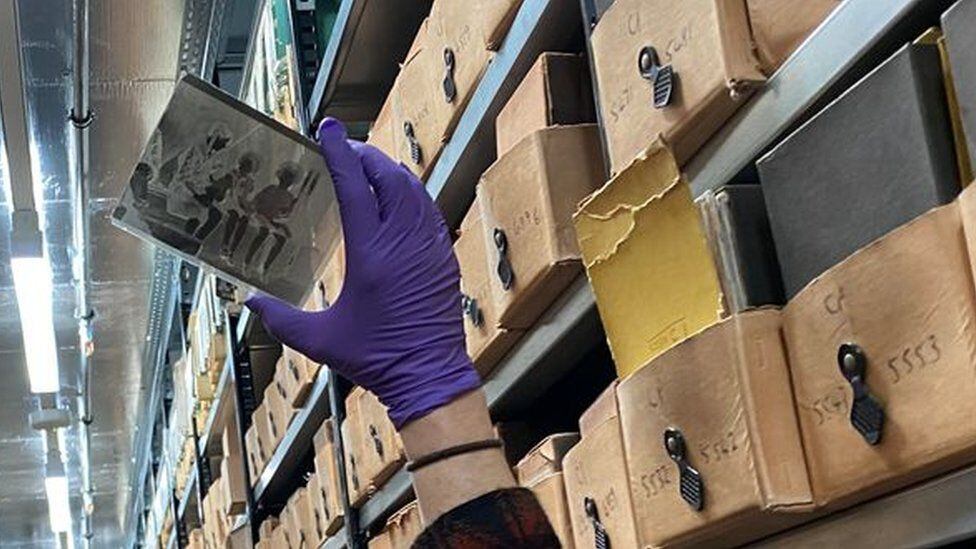
The girl with the doll was actually Hanna Cohn, 10, who arrived on the same train as the girls with his twin brother Hans, later named Gerald.
Both were from Halle, Germany.
Hans’s leg can be made out on the original glass plate in the image.
Like Inge and Ruth, Hanna didn’t remember the photo she tookalthough he did remember the trip and the doll.
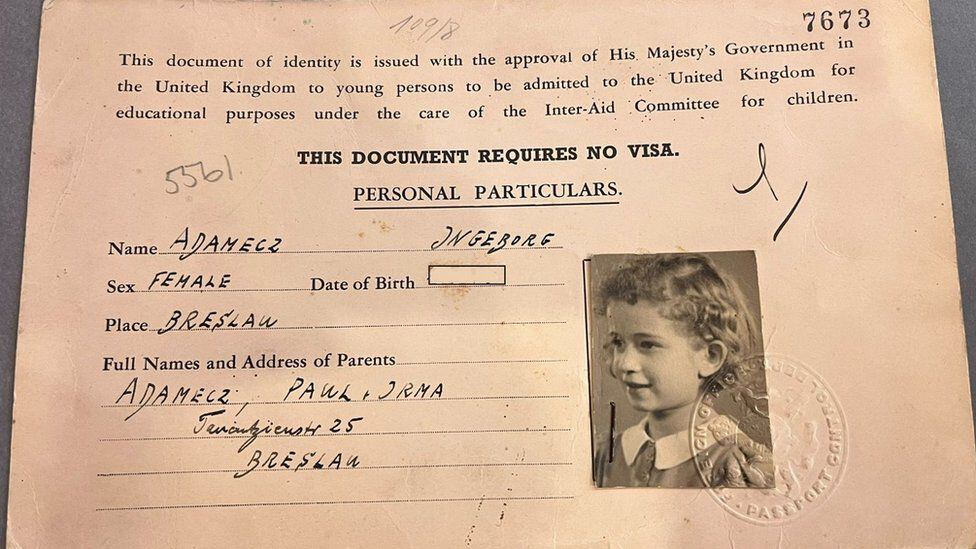
He died in 2018 but spoke of his experiences in an interview with the University of London.
“Memory passing through Holland and I remember kind ladies they gave us sticky buns and lemonade,” she said.
A trip on a train
“We arrived at Liverpool Street Station on a train from Harwich. I remember the seats were upholstered they weren’t wooden seats and I was very worried that we were in first class by mistake. I’m very conformist.”
“I was also worried that our destination was Liverpool Street because I thought we were going to London and Liverpool was somewhere else.”
“Nevertheless, we arrived at this great great hall. I was holding a doll that I named Evelyn“.
Hanna first became aware of the photograph when her brother saw it in an exhibition at the Camden Library, in London, to mark the 50th anniversary of the Kindertransport.
His twin daughters Debbie and Helen Singer said he was always very curious about the other two girls.
“When we saw the photo where she was sitting with her braid and doll, she said: ‘Who will be the other two girls’Debbie said.
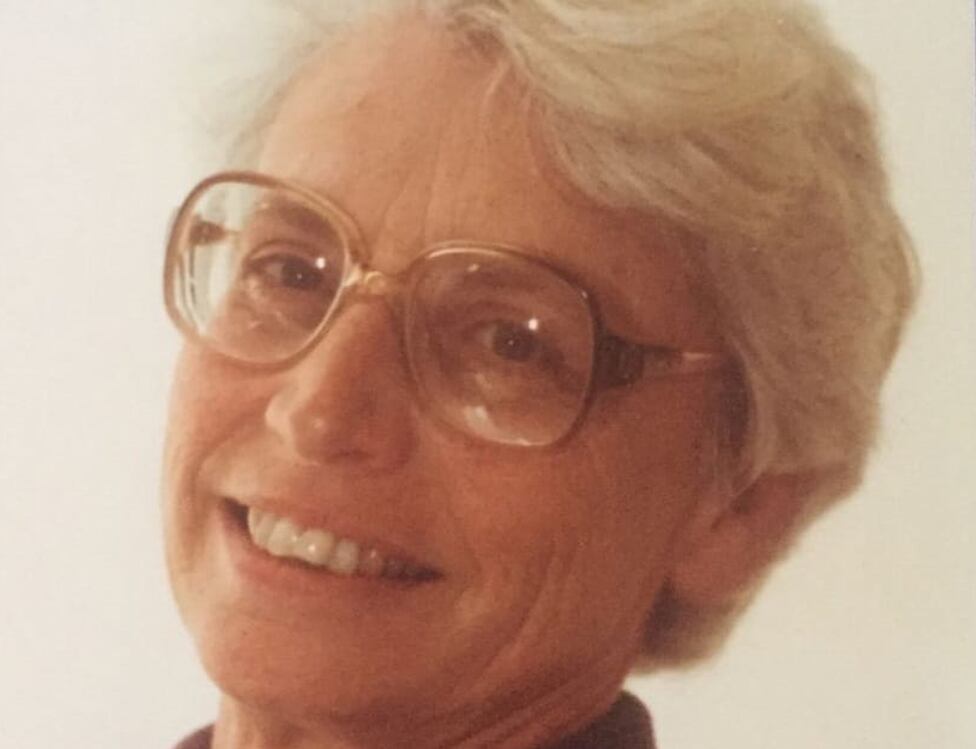
Then, more than 80 years after the photo was taken, his daughters found out the truth after listening to a BBC podcast.
The history, The Girls: A Holocaust Safe Housetold the forgotten story of a Northeast lodge where Inge, married name Hamilton, and Ruth had spent part of the war.
“It was him Holocaust Remembrance Day and a friend of mine sent me a link to the story on the BBC website,” Helen said, adding: “I thought: ‘Why is he sending me this link?’ but then I saw the picture of my mother and the names of the other two girls, Ruth and Inge.”
‘We have found the girls’
“We were so excited. I texted Debbie and said, ‘We found the girls.'”
Then, in April, Inge finally met Hanna’s daughters at the Imperial War Museum in London, where the photograph has been on display for over 20 years.
They were able to talk more about their families and what happened after the photo was taken.
“Inge is a special person in our lives,” Debbie said.
“I think Mom would be very proud of us.”
“She was always talking about those two girls and the fact that found them would be very important to her”.
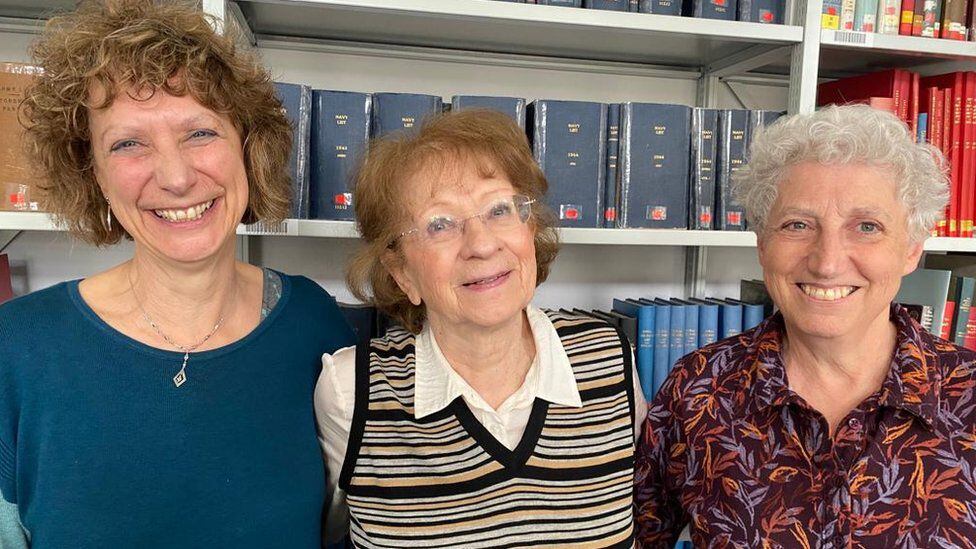
But and the photographer?
We know from records held by Getty Images Hulton Archives that his name was Stephenson and he worked for the Topical Press Agencywhich employed more than 1,000 photographers who provided images for a huge newspaper industry.
The newspaper where the photographer’s works were published is from July 5, 1939 and is clearly marked as “Three Little Girls Waiting at Liverpool Street Station”with photographer Stephenson’s name in the margin.
We can’t be sure, but it is possible that he was a Scotsman named John F. Stevenson (both spellings were used on records) who became famous for co-writing the song Dear Old Glasgow Toon.
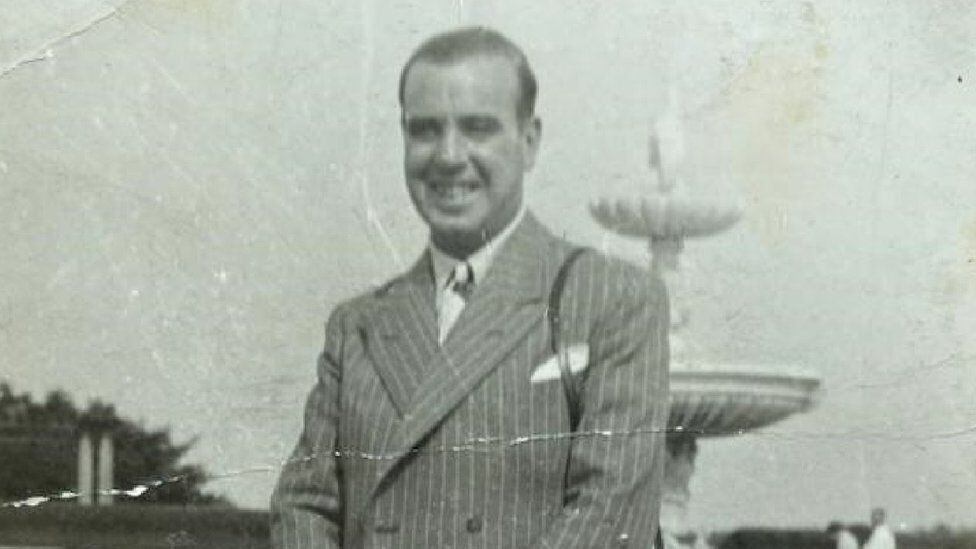
In the 1930s, he gave The Topical Press Agency an address in Glasgow.
With the help of the Scottish public records office, through the addresses on the birth and death certificates, We located his family.
His grandson, journalist Gordon Stevenson, was left fascinated with history of his grandfather’s career as a freelance press photographer in the late 1930s.
“We knew that he had taken photographs all his life and we have many of his photos,” Gordon said.
“We knew it was a large part of his life.”

“But that was always in his later years, so this revelation of a rather eclectic career in the late ’30s came as a surprise.”
“We didn’t know anything about his career. photographic in the south”.
“So, discovering this story that we knew nothing about it was a real revelation And we’re still trying to figure out how it could be him, but he’s absolutely wonderful.”
The photograph appeared in the national newspaper “The News Chronicle” the day after it was taken.
But then it was used only occasionally until the digital agewhen it began to appear more frequently in newspapers and exhibitions.
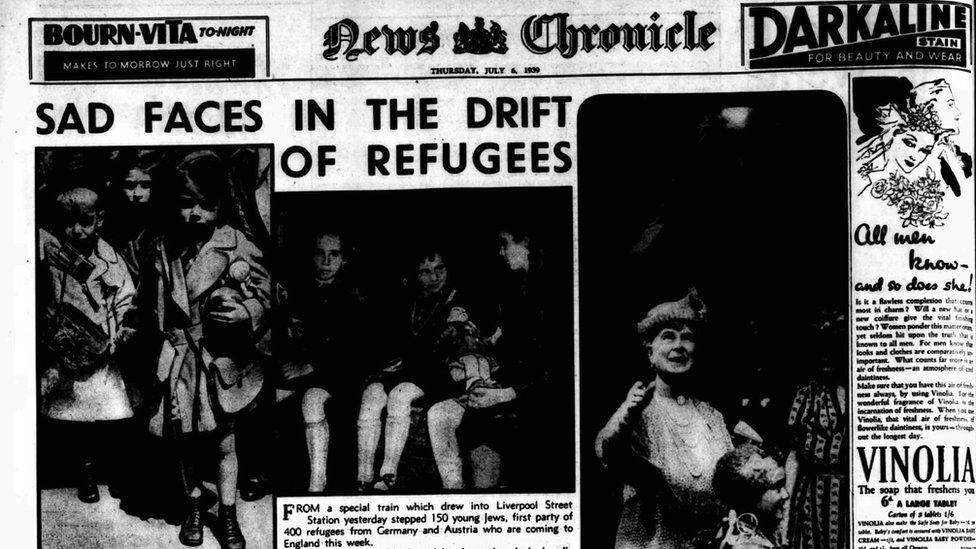
And during a visit from Debbie and Helen Singer, Getty Archives updated their recordsso the caption already shows the names of the three girls.
The three girls with their names
“I feel quite touched, because our mother’s name and where she came from are now attached to this photograph along with Inge and Ruth and they’re not just nameless children,” Debbie said.
Helen agreed, adding: “These weren’t just ‘three little girls,’ they were people who had names and lives that mattered.”
“They deserved to have their name and we believe that our mother would have been happy about this.”
Inge, who is now 89 and lives in South London, waited more than 80 years to know the name of the girl who shared his doll with her.
You now know much more about the photography that has followed it.
“This photograph has come a long way,” he said, adding: “It just seems to draw people in.”
Additional reporting by Duncan Leatherdale.
Source: Elcomercio
I am Jack Morton and I work in 24 News Recorder. I mostly cover world news and I have also authored 24 news recorder. I find this work highly interesting and it allows me to keep up with current events happening around the world.

:quality(75)/cloudfront-us-east-1.images.arcpublishing.com/elcomercio/LT6UGL3C4BFU7IKPALXYQUTRRM.jpg)

:quality(75)/cloudfront-us-east-1.images.arcpublishing.com/elcomercio/4LFJDJVYKJEV3AIBXYRWFE3RLI.jpg)

:quality(75)/cloudfront-us-east-1.images.arcpublishing.com/elcomercio/YS522KZFQNDPHNPY3WB47UWPH4.jpg)
:quality(75)/cloudfront-us-east-1.images.arcpublishing.com/elcomercio/I5U6ZNGSD5C2VDMQX6HBY6HHRM.jpg)
